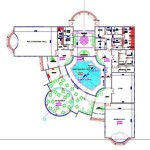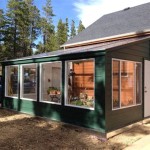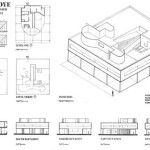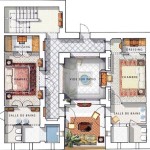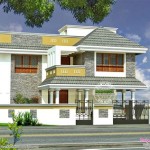Small House Plans With Pictures: A Guide to Affordable and Efficient Living
The rising cost of living, coupled with a growing awareness of environmental sustainability, has fueled a surge in the popularity of small house living. Opting for a smaller footprint offers numerous benefits, including reduced construction costs, lower utility bills, and a decreased environmental impact. This article explores the realm of small house plans, highlighting resources for accessing free plans, showcasing various design styles, and discussing key considerations for maximizing space and functionality. Visual aids accompany these descriptions, offering concrete examples of small house designs.
Finding the right plan is crucial to the success of any small house project. While engaging a licensed architect or designer to create a custom plan offers the most personalized solution, for many, the initial investigation often begins with exploring readily available resources. Numerous websites and online platforms offer free small house plans, providing a starting point for inspiration and preliminary design considerations. These plans can be downloaded, reviewed, and even modified to suit individual needs and preferences. However, it is critically important to verify the accuracy and structural integrity of any free plan, particularly before commencing construction.
It is essential to remember that ‘free’ often comes with caveats. Free plans might lack the comprehensive detailing found in professionally designed plans. This could include missing specifications for electrical wiring, plumbing, insulation, and structural components. Consequently, it is highly recommended to consult with a local building professional to review and potentially adapt any free plan to ensure compliance with local building codes and to guarantee the safety and longevity of the structure. Furthermore, free plans may be offered under specific licensing terms, restricting commercial use or modification without express permission from the original designer.
While the term "small house" is subjective, it generally refers to dwellings ranging from approximately 400 to 1,000 square feet. These homes prioritize efficiency and smart design, often incorporating multi-functional spaces and innovative storage solutions. The architectural style of a small house can vary widely, reflecting regional preferences, personal aesthetics, and the surrounding environment. From minimalist modern designs to rustic cabins and charming cottages, the possibilities are virtually limitless.
Key Point 1: Utilizing Online Resources for Free Small House Plans
The internet has democratized access to information, and small house plans are no exception. Several websites specialize in providing free or low-cost architectural designs, including plans specifically tailored for small spaces. These platforms often feature a diverse range of styles, including modern, farmhouse, cottage, and tiny house designs. Some sites allow users to filter plans based on square footage, number of bedrooms, bathroom layout, and foundation type, streamlining the search process. Pictures accompanying the plans allow for visual assessment of the aesthetic appeal and overall layout.
One example of a readily available small house plan is a simple one-bedroom, one-bathroom cottage design. These plans typically feature an open-concept living area, a compact kitchen, and a dedicated bedroom. Floor plans often show the layout of the rooms, including dimensions and the placement of doors and windows. Elevations, which are exterior views of the house from different angles, provide a visual representation of the house's façade. Furthermore, some plans include basic structural details, indicating wall thicknesses, roof slopes, and foundation requirements. However, users should always verify these details with a qualified professional.
Furthermore, online forums and social media groups dedicated to small house living can be invaluable resources for finding free plans and gathering inspiration. Members often share their own design experiences, offer suggestions, and even provide access to plans they have used or adapted. These online communities can serve as a collaborative platform for exchanging ideas and troubleshooting design challenges.
However, caution is advised when downloading free plans from unverified sources. It is essential to thoroughly vet the source's credibility and to exercise prudence when sharing personal information. Always scan downloaded files for viruses and malware before opening them, and prioritize plans from reputable websites or organizations.
Key Point 2: Exploring Diverse Design Styles and Layout Options
Small house living does not necessitate sacrificing aesthetic appeal or personal style. In fact, the constraints of a smaller space often encourage creative and innovative design solutions. A wide array of architectural styles can be adapted to small house designs, allowing homeowners to express their individual preferences. Modern small house designs emphasize clean lines, minimalist aesthetics, and energy efficiency, often incorporating large windows to maximize natural light. Farmhouse small house designs evoke a sense of rustic charm, featuring elements such as exposed beams, shiplap siding, and spacious porches. Cottage small house designs offer a cozy and inviting atmosphere, characterized by quaint details, pastel colors, and lush landscaping.
The layout of a small house is equally important in maximizing space and functionality. Open-concept living areas, which combine the living room, dining room, and kitchen into a single integrated space, are a common feature in small house plans. This arrangement creates a sense of spaciousness and allows for seamless interaction between different activities. Multi-functional furniture, such as sofa beds, folding tables, and storage ottomans, can further enhance space utilization. Vertical storage solutions, such as shelving units and built-in cabinets, minimize clutter and maximize available wall space.
Loft spaces are another popular feature in small house designs, providing additional living or sleeping areas without significantly increasing the building's footprint. Lofts can be accessed via ladders or narrow staircases, and they often offer panoramic views of the surrounding landscape. However, loft spaces may have limited headroom, which should be considered when planning their use.
Outdoor living spaces, such as decks, patios, and porches, can extend the living area of a small house and create a connection with nature. These spaces can be used for outdoor dining, relaxation, or entertaining guests. Incorporating landscaping elements, such as gardens, trees, and shrubs, can further enhance the aesthetic appeal and privacy of the outdoor space.
Key Point 3: Essential Considerations for Maximizing Space and Functionality
Designing a small house requires careful planning and attention to detail. Every square foot must be utilized efficiently to create a comfortable and functional living environment. Maximizing natural light, minimizing clutter, and incorporating smart storage solutions are crucial aspects of small house design.
Natural light can significantly enhance the ambiance and perceived size of a small house. Large windows, skylights, and strategically placed mirrors can flood the interior with natural light, creating a bright and airy atmosphere. Minimizing window coverings or opting for sheer curtains allows for maximum light penetration. Proper insulation is also crucial for controlling temperature and reducing energy consumption.
Clutter is the enemy of small spaces. Regular decluttering and organization are essential for maintaining a tidy and functional living environment. Utilizing vertical storage solutions, such as shelving units and built-in cabinets, can help minimize clutter and maximize available wall space. Multi-functional furniture, such as sofa beds, folding tables, and storage ottomans, can further enhance space utilization.
Smart storage solutions are essential for organizing belongings and minimizing clutter. Built-in cabinets, under-bed storage, and loft spaces can provide ample storage space without sacrificing valuable living area. Utilizing vertical space, such as installing shelves above doorways or in hallways, can also create additional storage opportunities. Choosing furniture with built-in storage compartments, such as coffee tables with drawers or benches with hidden storage, can further enhance space utilization.
The selection of appliances and fixtures should also be carefully considered. Compact appliances, such as smaller refrigerators, dishwashers, and washing machines, can save valuable space in the kitchen and laundry room. Wall-mounted fixtures, such as sinks and toilets, can free up floor space in the bathroom. Choosing energy-efficient appliances and fixtures can also reduce utility bills and environmental impact.
Ultimately, a successful small house design is one that reflects the homeowner's individual needs and preferences while maximizing space, functionality, and aesthetic appeal. Careful planning, innovative design solutions, and a commitment to decluttering are essential for creating a comfortable and enjoyable small house living experience.

27 Adorable Free Tiny House Floor Plans Cottage Small

7 Free Floor Plans For Small Houses Anthemwe Us

27 Adorable Free Tiny House Floor Plans Craft Mart

Lc55 2 Bedroom House Plans Free Small Simple

27 Adorable Free Tiny House Floor Plans Cottage Small

Barrier Free Small House Plan 90209pd Architectural Designs Plans

Small House Plans 7x12 With 2 Beds Free Design Plan

Small House Designs 2 Bedroom Plan Nethouseplans

Small House Plans 5x7 With One Bedroom Hip Roof Samphoas Plan
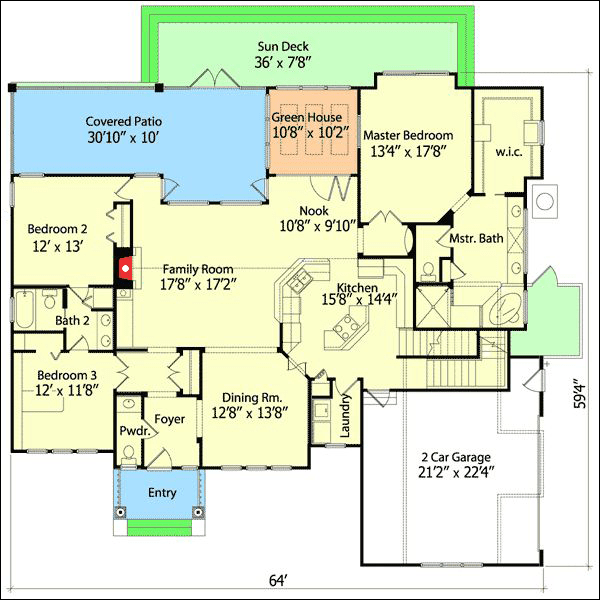
Small House Plans Popular Designs Layouts


